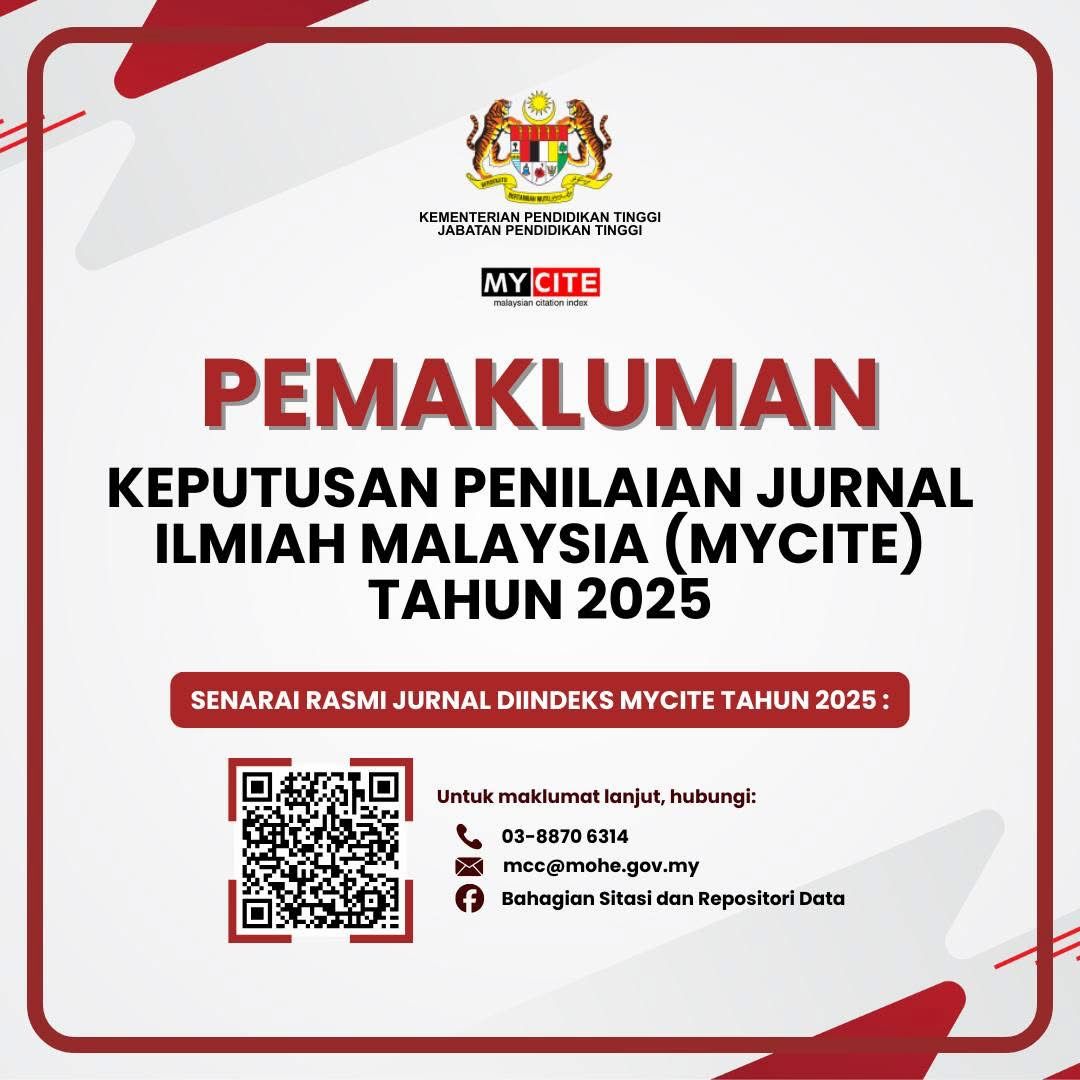Design Morphology in Brand Logo Development: A Case Study of Gao Cheng Palace Noodle
DOI:
https://doi.org/10.24191/idealogy.v10i2.791Abstract
This study explores the role of design morphology in innovating brand logo design, with a focus on "Gao Cheng Palace Noodle" as a cultural case study. Using the principles of "form" and "state" within design morphology, the research applies morphological analysis to deconstruct and reassemble visual and symbolic elements rooted in traditional Chinese culture. The methodology involves extracting cultural motifs, analysing morphological dimensions, and synthesizing them into a unified graphic-text logo design. Findings indicate that design morphology enhances the creativity and cultural expressiveness of brand logos, especially in combining typographic and symbolic elements. This research demonstrates how traditional visual languages can be revitalized through a morphological design framework, offering a practical model for culturally embedded branding strategies and contributing to the evolving discourse on cultural identity in visual communication.
Keywords: Design morphology, Gao Cheng Palace Noodle, Brand Logo, Cultural Symbolism
References
Ao, J. (2024). Design morphology: Integrating form and function. Design Studies Journal, 12(1), 45–58.
Aziz, M. N. A., Ahmad, A. K. A., Ramlie, M. K., Fuad, I. N. F. M., & Rahaman, A. A. (2023). Exploring the Five-I logo process: A case study of IFIX brand. International Journal of Academic Research in Business and Social Sciences, 13(5), 2545–2555. https://doi.org/10.6007/IJARBSS/v13-i5/17146
Casiraghi, M. C. M., Curini, L., & Cusumano, E. (2023). The colors of ideology: Chromatic isomorphism and political party logos. Political Communication, 40(2), 249–268. https://doi.org/10.1080/10584609.2022.2108053
Chen, L., Tsang, Y., Jing, Q., & Sun, L. (2024). A LLM-augmented morphological analysis approach for conceptual design. In Proceedings of DRS2024: Boston (p. 605). https://doi.org/10.21606/drs.2024.605
Ghazali, A. R., Yaacob, M. R., & Yusoff, F. M. (2021). Political brand in the era of personal branding. Idealogy Journal, 6(1), 10–17. https://doi.org/10.24191/idealogy.v6i1.325
Hülagü, R. (2023). Using morphological chart for analysing existing designs. Design Research Quarterly, 15(2), 78–89. https://doi.org/10.1016/j.dresq.2023.02.005
Jiang, Y., Li, M., & Zhao, L. (2025). Understanding design morphology: Form and state in contemporary design. Beijing: Design Press.
Li, K. Y. (2014). The application of graphic combination logo in corporate branding. Oriental Enterprise Culture, (8), 116.
Li, X., & Chen, M. (2022). Integrating cultural heritage into modern logo design: A case study. International Journal of Design, 16(1), 25–38. https://doi.org/10.1016/j.ijd.2022.01.003
Li, Y. C., Hu, J., Fu, Y. L., Xi, R. Y., & Liu, B. W. (2022). Research on the innovative design of multiform Chinese character logos under the perspective of design morphology. Packaging Engineering, 43(S1), 60–64+69. https://doi.org/10.19554/j.cnki.1001-3563.2022.S1.011
Liu, P. (2023). VI design project-based tutorial (3rd ed.). People’s Posts and Telecommunications Press.
Yahaya, A. H., Ismail, M. J., & Su’ud, F. M. (2024). Visual rhetoric in political poster design during Malaysia’s 14th General Election. Idealogy Journal, 9(2), 117–125. https://doi.org/10.24191/idealogy.v9i2.561
Zhang, Y., & Wang, L. (2023). Logo impact on consumer’s perception, attitude, brand image, and purchase intention: A 5-year systematic review. Journal of Brand Management, 30(2), 145–162. https://doi.org/10.1057/s41262-023-00245-7
Downloads
Published
Issue
Section
License
Copyright (c) 2025 UiTM Press

This work is licensed under a Creative Commons Attribution-NonCommercial-NoDerivatives 4.0 International License.
UiTM Press (the Publisher) has agreed to publish the undersigned author’s paper in Idealogy Journal. The agreement is contingent upon the fulfilment of a number of requirements listed below.
1. The undersigned author warrants that the paper entitled below is original, that it is not in any way libellous or unlawful in Malaysia, that it does not infringe any copyright or other proprietary right. The undersigned hereby represents and warrants that he/she is the author of the paper, except for material that is clearly identified as to its original source, with permission notices from the copyright owners where required. The undersigned represents that he/she has the power and authority to sign and execute this agreement.
2. The undersigned author warrants that the paper entitled below has not been published elsewhere, and also it will not be submitted anywhere else for publication prior to acceptance/rejection by this Journal.
3. By submitting the paper entitled below, the undersigned author agrees to transfer the rights to publish and distribute the paper in an international e-journal (entitled above) to Publisher.
4. The undersigned author agrees to make a reasonable effort to conform to Publisher's submission guidelines and to liaise with the editor to ensure that the requirements of these guidelines are met to a reasonable degree.
5. The corresponding author signs for and accepts responsibility for releasing this material on behalf of any and all coauthors. This agreement is to be signed by at least one of the authors who has obtained the assent of the co-author(s) where applicable. After submission of this agreement signed by the corresponding author, changes of authorship or in the order of the authors listed will not be accepted.



